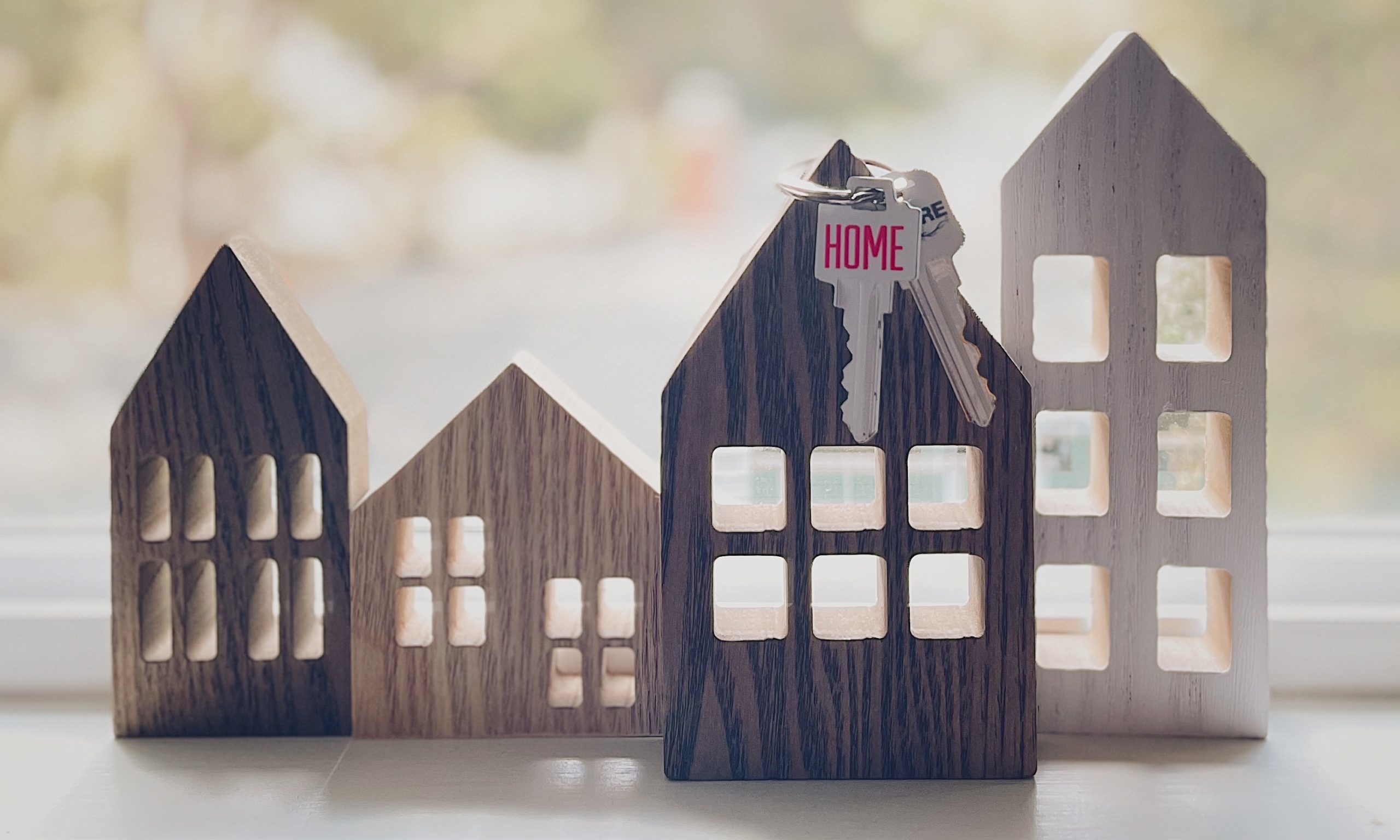
Key takeaways
-
Private mortgage insurance (PMI) is usually required for homeowners who make a down payment of less than 20%, but the purchase comes with a few disadvantages.
-
Building up home equity can help homeowners eliminate PMI.
-
There are four different options available for homeowners who wish to eliminate PMI.
For those who are new to buying houses or looking to purchase their first one, you may be wondering what private mortgage insurance is – and how you can eliminate it.
PMI comes with both its advantages and disadvantages, but for homeowners, it is likely a purchase they would rather do without. Fortunately, there are ways to eliminate it.
Private mortgage insurance is a type of mortgage insurance arranged by private insurance companies. Homeowners are usually required to get PMI when they purchase a home with a down payment of less than 20%. While PMI comes with benefits, such as allowing customers to become homeowners sooner, it also comes with a few disadvantages.
It costs more each month. PMI is an added expense to monthly payments. According to Bankrate, borrowers typically pay between 0.46% and 1.5 percent of the loan amount in PMI each month, amounting to hundreds of dollars.
Factors such as credit scores and the amount of the down payment help determine how much homeowners pay for PMI. Borrowers with lower credit scores will pay more.
PMI protects the lender, not the borrower. As a policy, PMI does not protect the borrower, but the lender’s investment in the home. This means that if the homeowner falls behind on payments, they can lose their home. PMI may help borrowers become homeowners sooner, but they will not protect the borrowers against potential losses.
How can homeowners who can’t avoid PMI eliminate it? The answer is in home equity.
4 ways to eliminate private mortgage insurance
1. Wait for PMI to be terminated
A lender will terminate PMI once the borrower’s mortgage balance reaches 78% of the home’s original purchase price (when the loan-to-value ratio drops to 78%) – provided the homeowner has not missed any mortgage payments.
The loan servicer also must end PMI halfway through the loan’s term. For example, a 20-year loan would be terminated after 10 years. This final termination happens even if the homeowners haven’t yet reached that 78% loan-to-value ratio.
2. Request cancellation when home equity reaches 20%
If the equity in your home reaches 20%, you can request cancellation of PMI. This means the loan balance reaches 80% of the home’s original value.
You can reach this milestone faster by making extra payments or applying a lump sum to your principal. For homeowners who have the finances to do so, this can drastically reduce the time it would typically take to reach the needed home equity to cancel PMI.
However, even putting a small amount of money (think $50 a month) towards your principal can help drop your loan balance.
As with the first option, homeowners must be up to date with payments and in good standing to successfully cancel PMI. An appraisal may also be required. Therefore, homeowners should take care to keep their home in good condition.
3. Refinance
Refinancing your mortgage is a third option for homeowners who wish to terminate their PMI and whose home equity is still below 20%. This option is best when mortgage interest rates are low and home values are rising. Also, new homeowners may have to wait two years before refinancing their homes.
4. Reappraise
Reappraisal is another option for homeowners seeking to terminate their PMI. Making home improvements can significantly increase a home’s value.
If a homeowner thinks their home value may have gone up – whether through renovations, updates, additions and/or market changes – they can seek an appraisal. Increased home value means more home equity. Read about how you can prepare for an appraisal and increase the chances of receiving a positive report. If the equity has reached that 20% mark, a homeowner can request termination of PMI.
Unlock your home’s potential
Homeowners looking to increase the equity they have in their homes, either by improving the value through repairs or renovations or by making a lump sum payment may want to consider a Unlock Home Equity Agreement (HEA). By tapping into the home equity you do have, you can obtain cash to make those repairs and updates or make a larger payment on your mortgage.
Learn more about how much you could qualify for with an HEA today.
The blog articles published by Unlock Technologies are available for general informational purposes only. They are not legal or financial advice, and should not be used as a substitute for legal or financial advice from a licensed attorney, tax, or financial professional. Unlock does not endorse and is not responsible for any content, links, privacy policy, or security policy of any linked third-party websites.”


